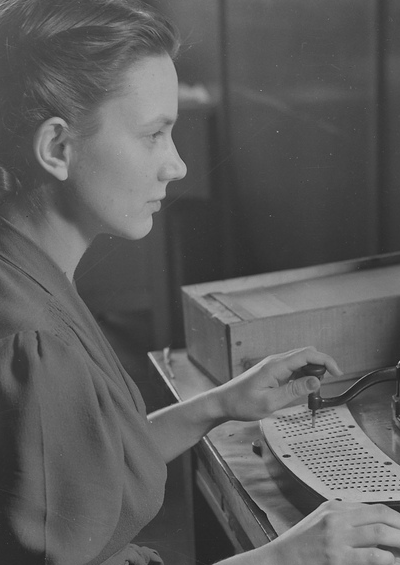10 Facts: Why European Women Are Leaning In
When it came to women working, the United States once led. Now it lags.
January 15, 2015

1. As of mid-2014, 14 of the 34 OECD nations — all of them in Europe — had female labor participation rates of 82% or higher.
2. They were led by Slovenia (where 89% of women work either full- or part-time), Sweden, Portugal, Iceland, Austria and Switzerland.
3. Outside of Europe, 15th-ranked Canada has the highest female labor participation rate (at 81.5%).
4. Back in 1990, the United States and Canada had very similar female labor participation rates (around 75%).
5. This was a higher participation rate than most European countries (outside of Scandinavia and Eastern Europe, which have traditionally high rates of female employment).
6. Since the 1990s, Europe and Canada have experienced incremental annual increases in the labor participation rates of women.
7. Meanwhile, the U.S. rate peaked at 79% in 1999, then slowly fell back to 73.8% over the next 15 years.
8. As of mid-2014, the U.S. female labor force participation rate was ranked 28th of the 34 advanced economies of the OECD.
9. Only Ireland, Chile, Italy, Korea, Mexico and Turkey ranked lower.
The Upshot:
Nations that offer more generous family leave benefits — including paid maternity leave and subsidized child care — are likely to have the highest rates of female labor force participation.
Source: OECD and Why the U.S. has a lower rate of working women than Europe by Dylan Matthews (Washington Post, January 15, 2013), with additional analysis by The Globalist Research Center.
